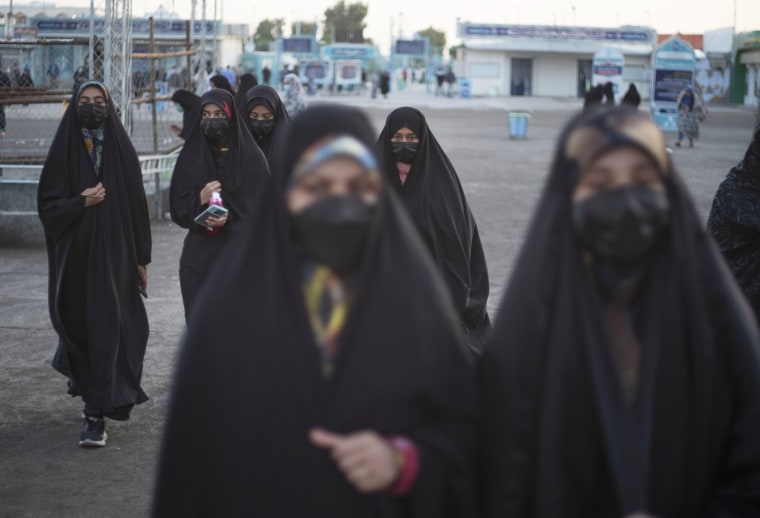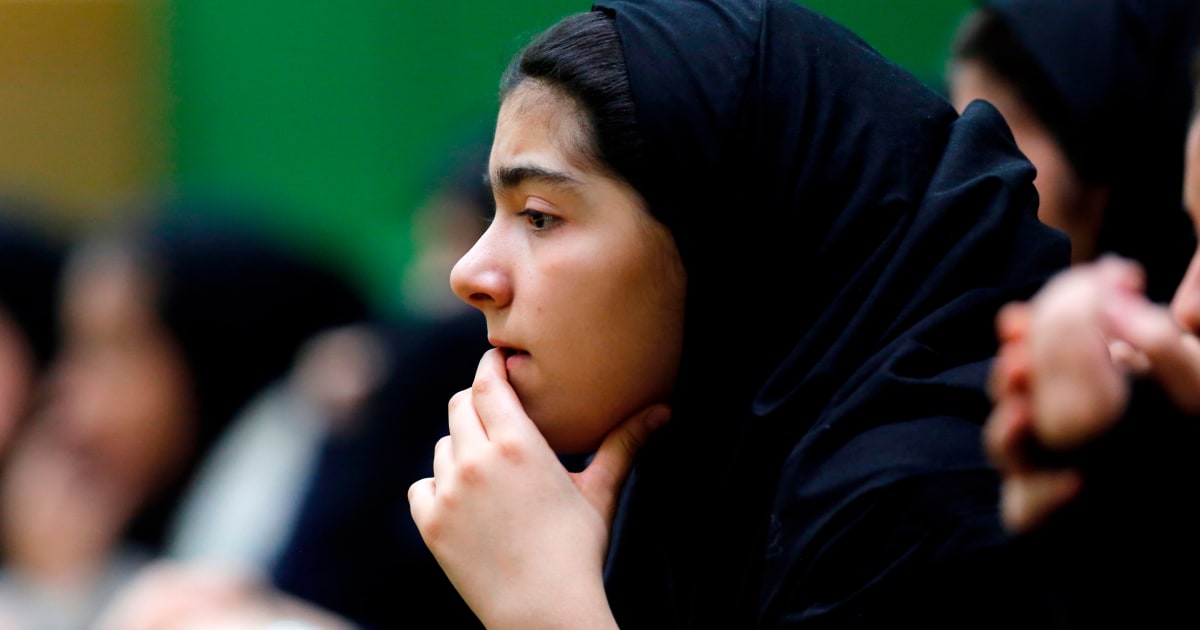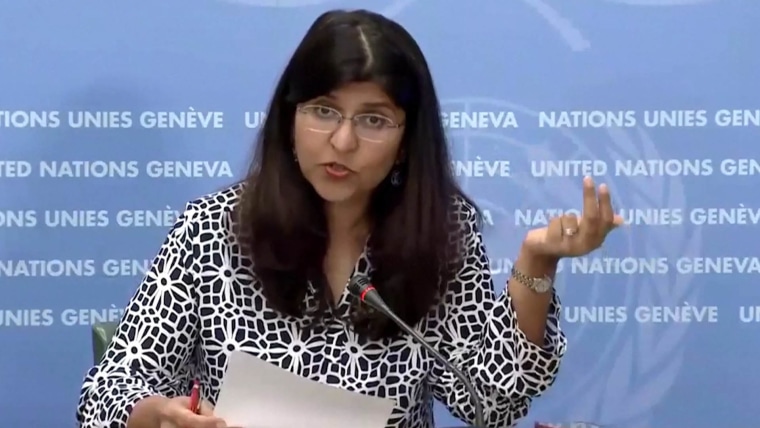Iranian authorities say they are investigating the poisoning of hundreds of schoolchildren across the country.
The mysterious incidents may have been deliberate attacks designed to prevent girls from seeking an education, officials said in recent days, after previously downplaying the issue. Girls and young women have played a leading role in the protests that have rocked the Islamic Republic.
Local media reports suggest the poisonings have been going on for months and involved dozens of schools in a variety of cities, forcing young students to be rushed to hospital after reports of the smell of gas.
A wave of new cases was reported on Wednesday, including several poisonings of high school students in the capital Tehran, according to the semi-official Fars news agency. Emergency forces were dispatched to the scene and parents claimed that some type of spray at the school was the cause of the poisoning, Fars reported.
More than 100 students were also hospitalized in the northwestern city of Ardabil, according to the semi-official Tasnim news agency, after students from seven schools reported smelling gas.
Iran’s police chief, Ahmad Reza Radan, said on Tuesday that no one had yet been arrested.
«Our priority is to find the origin of the poisoning of the students and until then we will not judge whether it was intentional or not,» he said in an interview with the semi-official ISNA news agency.
But Deputy Health Minister Younes Panahi said on Sunday that the poisoning of schoolchildren in the holy city of Qom, one of Iran’s largest cities south of Tehran, and the western city of Borujerd, was not accidental and was due to to people who wanted to close girls’ schools.
“What is clear is that both in Qom and in Borujerd, it is a deliberate issue,” he told a news conference, according to the Iranian state broadcaster IRIB. “The poisoning of the Qom students was intentional and caused by the available chemical compounds. Some people wanted all schools to be closed, especially those for girls.”
Panahi added that the poisoning was due to a chemical compound that has not yet been identified, according to IRIB. “The poisoning caused to the students was very mild and did not cause any complications to anyone,” he was reported as saying. “They had symptoms of lethargy and weakness for several hours.”
“It has been revealed that the chemicals used to poison students are not chemical warfare products…poisoned students do not need aggressive treatment and a large percentage of the chemical agents used are treatable.”
A special committee has been appointed to investigate the poisonings and toxicology experts have been consulted, Panahi added.
Monadi, who sits on parliament’s education committee, also said the poisonings were «intentional,» according to state news agency IRNA.
The «existence of the devil’s will to prevent girls from receiving an education is a serious danger, and is considered very bad news,» he said, according to IRNA.
Schools in at least 10 to 15 cities have been struggling to deal with the poisoned students, MP Abdolali Rahimi Mozafari said, according to the parliament news agency Khane Mellat. Meanwhile, cases of poisoning have been reported in about 30 schools across the country, according to The Associated Press, citing local media reports.
The first cases emerged in late November in Qom, according to the news agency, when students at the Noor Yazdanshahr Conservatory fell ill and then fell ill again a month later. Parents in the city have pulled their children out of classes in recent weeks, the AP reported, citing Shargh, a Tehran-based reformist news website.
Parliamentarian Alireza Monadi said after an investigation that nitrogen gas had appeared during tests in schools, Khane Mellat reported.

Some critics of Iran’s government have said, without providing evidence, that the recent spate of poisonings may be an act of «revenge» for riots that broke out across the country when 22-year-old Mahsa Amini died in hospital after be detained by morality police, who accused her of violating Iran’s strict dress code.
Schoolgirls in schoolyards and classrooms were at the forefront of Iran’s protests as they confronted strict dress codes by removing their headscarves and confronting officials.
“The poisoning of school-age girls is revenge by the Iranian terrorist regime against brave women who made the hijab mandatory on the flag and shook Khomeini’s Berlin wall.” Iranian activist and journalist Masih Alinejad tweeted on Sunday.
Another activist, Hossein Ronaghi, said on Twitter that: «In a structure where a citizen is beaten and detained by an army of rank and file soldiers for writing a story or graffiti against the government, the deliberate and organized poisoning of Iranian girls cannot be said to be arbitrary and without information.»
«Attacking students and harassing them is an attack against the future of the entire Iranian people,» said Ronaghi, who said he was released on bail in November after being jailed during the authorities’ crackdown on protests.
Others drew different parallels but nevertheless expressed concern about the apparent trend.
Masoumeh Ebtekar, who was the country’s first female vice president after the Islamic Revolution and who supported the recent protests, said on Twitter Monday that the poisonings had been going on for at least a month.
“Everyone is waiting for the judicial and law enforcement departments to act immediately. Why so much delay? she said of the Iranian authorities.


